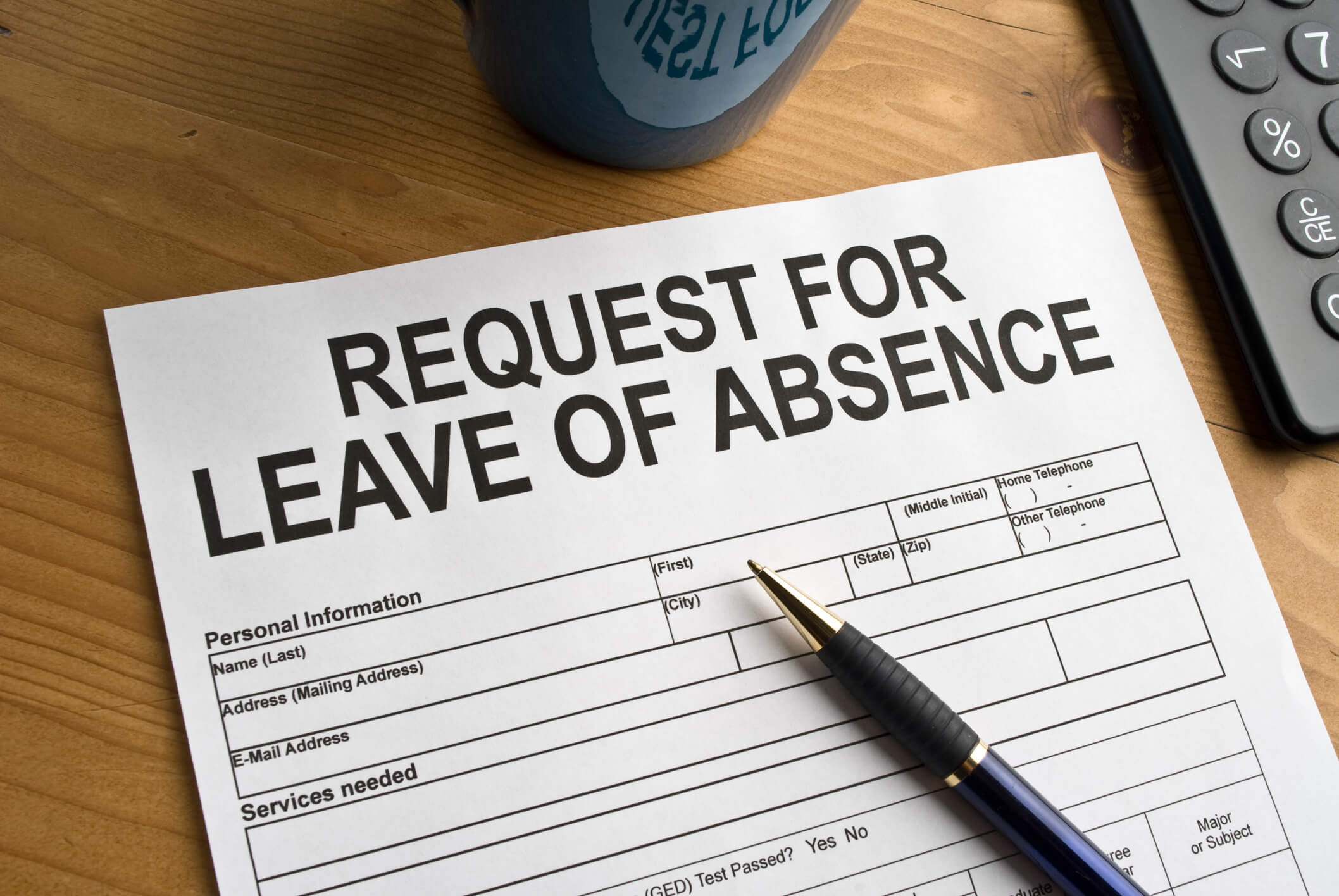On August 15, 2022, the U.S. Court of Appeals for the Fourth Circuit held in Roberts v. Gestamp West Virginia, LLC, that an employer’s “usual and customary” notice procedures relating to absences extended beyond the company’s written policies and potentially included social media messages between an employee and manager.
The employer’s written attendance and leave policies required employees to notify their group leaders via an approved call-in line if they would be late or absent at least thirty minutes before their shifts were scheduled to begin. This call-in number was posted on a company bulletin board, and each employee was given a card that included the call-in number and instructions. The company’s policies also stated that if an employee missed three consecutive shifts without calling in, that employee was considered to have abandoned the job.
Background Facts
In June 2019, an employee underwent an emergency appendectomy. While in the hospital, the employee sent to his group leader a message via a social media messaging app indicating that he would miss two weeks of work to recover from his surgery. Subsequently, the employee and the group leader corresponded using the messaging app over the course of several days. Shortly before the employee was scheduled to return to work, his incision became infected, and the employee was again hospitalized. The employee notified his group leader via the messaging app that he had been readmitted to the hospital. A few days later, the group leader messaged the employee, asking about the length of the absence. The two exchanged messages over the course of the next few days. Approximately one week later, the employee informed the group leader via the messaging app that he had been released to return to work on August 12. There is no dispute that the employee was on leave under the Family and Medical Leave Act (FMLA) during this time.
The employee returned to work on August 12 and worked until Friday of that week without issue. On Friday, the employee felt pain in his incision site. He messaged the group leader through the social media platform to notify him that he was in pain and contemplating going back to the hospital. On the following Monday and Tuesday, the employee again used the messaging app to report that he was off work due to his ongoing medical issues. This time, the group leader did not respond and later testified that he had not read the messages. Instead, he reported the employee’s absences to the company’s human resources department. The employee’s employment then was terminated for job abandonment.
Procedural History
The employee filed a lawsuit alleging FMLA retaliation, FMLA interference, and wrongful discharge under West Virginia law in violation of public policy (retaliatory discharge). The district court granted summary judgment for the company on all claims. In examining the FMLA interference claim, the district court found that the employee had neglected to follow the company’s written policy that required him to report his absences using the company’s call-in line. Since the employee had not reported his absences pursuant to the company’s “usual and customary” absentee-notice methods, as required under the FMLA’s regulations, the district court dismissed the case. The employee appealed that dismissal.
The Fourth Circuit’s Analysis
The Fourth Circuit affirmed the district court’s rulings on the employee’s FMLA retaliation and state law retaliatory discharge claims, but it vacated the district court’s judgment on the FMLA interference claim. In its analysis, the Fourth Circuit determined that “usual and customary” was not as rigid as suggested by the company and the district court. Rather, the appellate court stated, “‘usual and customary’ procedures include any method that an employer has, by informal practice or course of dealing with the employee, regularly accepted, along with those in the employer’s written attendance policy.”
Further, the Fourth Circuit reasoned that “[n]othing in the [FMLA] regulations’ text limits the reach of ‘usual and customary’ to a company’s written policy,” nor do the regulations “bar an employee from supplementing [the written leave policy] with evidence that the employer also accepts informal absentee notice in practice.”
The Fourth Circuit determined that under this broader view, the employee had “raised a genuine factual dispute” as to whether the method by which he contacted his supervisor to report his absence was part of the company’s “usual and customary” notice procedures. Significantly, the employee and his group leader communicated via the social messaging app for his earlier FMLA leave without issue. This prior communication potentially was evidence that the company had accepted the messaging app as an alternative method for employees to comply with call-out procedures, and thus raised a jury question as to whether using the app met the FMLA’s requirements.
Key Takeaways
Employers may want to consider training managers and supervisors on company policies and procedures and on implementing and enforcing them consistently. Failure to do so may result in inadvertent modifications or expansions of “usual and customary” notice procedures and expose employers to an unintended risk of liability. Significantly, employers with operations in the states situated in the Fourth Circuit (Maryland, North Carolina, South Carolina, Virginia, and West Virginia) may want to note that allowing employees to use alternate methods of providing notice may open the door to subsequent assertions in civil actions based on FMLA interference claims that an “informal practice or course of dealing” has been accepted in addition to official company attendance and leave procedures.






